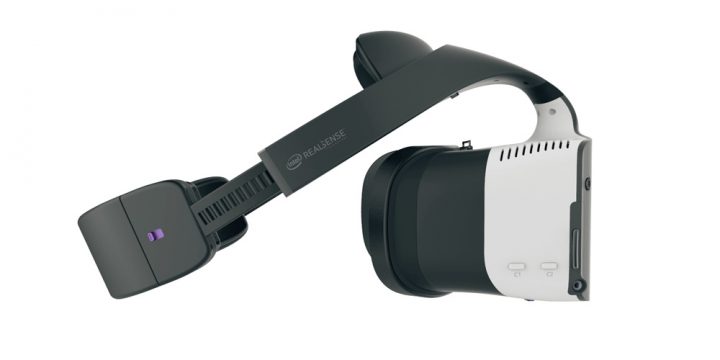
Project Alloy will be developed in cooperation with Microsoft. Intel and Microsoft also plan to put out standardization guidelines for future VR headsets. Image Intel Newsroom
Intel and Microsoft said they are working together on a new virtual reality headgear that will not require tethering to a stationary PC unit.
A prototype of the “Project Alloy” was unveiled at a recently concluded Intel event in San Francisco, USA. The device showed that it had overcome the inconveniences that came with the Oculus Rift and HTC Vive such as the long lines of cables and the limitations in mobility that these cables cause.
Terry Myerson, leader for Microsoft’s Windows group, boasted that Intel and Microsoft have found ways to run different VR applications on less powerful PCs compared with kinds of system that the Oculus and Vibe require.
Intel and Microsoft plan to release in December guidelines that are intended to standardize VR headsets as well as make content and software available across different products.
Starting next year, Windows will receive an update called Windows Holographic, which will provide support for virtual and augmented reality headsets for all Windows 10 PCs.
On the Intel side, CEO Brian Krzanich talked about developing further VR capture technology that can re-create events such as concerts and gaming shows. Krzanich also said that the technology, dubbed 360 Replay, could be used to create and show new kinds of movies. Alfred Bayle